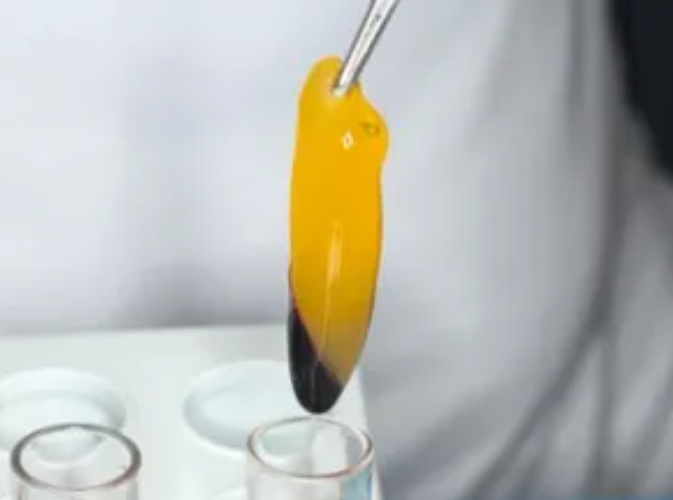Platelet-rich fibrin (PRF) membranes are an innovative medical technology that can promote healing and regeneration by delivering a concentrated dose of platelets, growth factors, and other beneficial proteins directly to the site of injury or damage. While PRF membranes are typically prepared by specialized medical professionals, it is possible to make your own PRF membrane at home with the right tools and techniques.
Here’s a step-by-step guide on how to make PRF membrane:
Step 1: Gather Supplies
To make PRF membrane at home, you will need the following supplies:
- Sterile blood collection tubes
- A centrifuge
- Sterile gauze or a sterile surgical sponge
- Sterile scissors or a sterile scalpel
- Sterile forceps
- Sterile gloves
- A sterile petri dish or sterile container to hold the PRF membrane
Step 2: Collect Blood Sample
Collect a small sample of your own blood (typically 10-20 ml) using a sterile blood collection tube. It is important to ensure that the blood sample is collected in a sterile manner to avoid contamination and potential infection.
Step 3: Centrifuge the Blood
Once you have collected your blood sample, you will need to process it using a centrifuge. Place the blood collection tube in the centrifuge and spin it at a relatively low speed (typically 1,200-1,600 RPM) for 10-12 minutes.
Step 4: Prepare the PRF Membrane
After the blood has been centrifuged, you will need to prepare the PRF membrane. Open the blood collection tube carefully, taking care not to disturb the layer of platelet-rich fibrin at the bottom of the tube. Using sterile scissors or a sterile scalpel, carefully cut away the top layer of plasma, leaving the PRF layer intact at the bottom of the tube.
Step 5: Shape the PRF Membrane
Using sterile forceps, carefully remove the PRF layer from the tube and place it on a sterile gauze or surgical sponge. Gently compress the PRF layer with the forceps to shape it into a flat, circular membrane.
Step 6: Store the PRF Membrane
Once the PRF membrane has been shaped, it can be stored in a sterile petri dish or container until it is ready to be used. It is important to ensure that the PRF membrane remains sterile throughout the storage process to avoid contamination and potential infection.
Conclusion:
While making PRF membrane at home can be a challenging process, it is possible with the right supplies and techniques. By following these steps, you can prepare your own PRF membrane and potentially benefit from the healing and regenerative properties of platelet-rich fibrin. However, it is important to note that PRF membrane should only be prepared by medical professionals using sterile techniques to ensure safety and efficacy.








